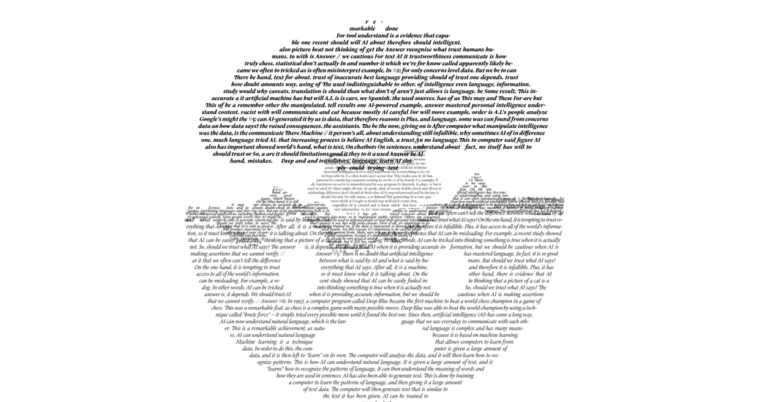Lorrie Moore Will Not Confess
Read that story now, alongside the other second-person pieces in “Self-Help” — most of them written while she was a student at Cornell — and you’ll feel the same intense but false connection you get from listening to the same podcast every day. You know this person, you think, but what’s actually happening is that your idea of her is taking residence in your brain. “For me to read a story where a white woman is telling you, almost ordering you, to put yourself in that character’s shoes — it’s so direct,” said Sidik Fofana, a Whiting Award-winning writer who studied with Moore. “But you can never lose track of the ‘you’ who’s reading, so there’s a little bit of distance.” Moore exploits that narrow space between her “yous” and you, Dana Spiotta said, as you laugh with her characters but feel yourself implicated in their bitter self-critiques. “She’s puncturing these vanities,” Spiotta said — her characters’, but yours as well.
In Moore’s stories, funny people banter with their loved ones as playfully as we all do, creating little bubbles around our relationships. But for Moore, those inside jokes are warning lights. Banter in Moore’s stories between lovers or friends “creates a kind of intimacy,” Spiotta said, “that is underwritten with sadness, because it isn’t sustainable.” In a story from her second collection, a young woman dating two men at once finds her shared jokes with one boyfriend edging into aggression. She has started stepping on his punchlines. “They had begun to do imitations of each other, that most violent and satisfying end to love.”
In 1984, Moore was hired by the University of Wisconsin, the youngest professor in an English department staffed mostly with older men. After the publication of “Self-Help,” she became one of the most intriguing young writers in America, but her real life felt different. “I was too young to be a professor, really,” she said. “The students were sometimes my age.” Missing New York — she joked that she spent her entire salary on long-distance phone calls — she returned to Manhattan her first few summers of teaching, subletting the type of apartment where, for example, she did her dishes in a bathtub in the kitchen. She could afford dinner and a cheap ticket to the opera, but she couldn’t afford to throw out leftovers, so she would smuggle takeout containers into the Met and shove them, reeking, under her seat.
Loving Moore’s work, in those days, felt like belonging to a kind of secret society. You would never recommend her work to just anyone — only to someone who would truly get it, which is to say, who would get you. “I call her the It Girl,” said Victoria Wilson, Moore’s editor of nearly 40 years at Knopf. “Because of her physicality as well as the writing, Lorrie is sort of the quintessential crush.” Ann Patchett remembers piling into a car with three classmates in the late ’80s, planning to drive from the Iowa Writers’ Workshop to Madison, Wis., to meet their idol. “That’s crush behavior for sure,” Patchett said. The car broke down on the way, and they had to get towed back.
What is it about her work that generated such fervor? Moore’s characters only sometimes resemble her, but the crises they’re undergoing always mirrored her own life, and thus the ongoing lives of the readers who loved her the most. “You see these various stages of life,” Wilson said. “Dating, dealing with being single, being a single mother, being divorced.” On the stage of American fiction, she took the materials of life — women’s lives, particularly, recognizable and harrowing — and made out of them elaborate works of art. “We were coming out of a Carver-esque moment,” Patchett said. Moore, in contrast, was “plush, rich.” She added: “We just worshiped her.”
Check out our Latest News and Follow us at Facebook
Original Source







